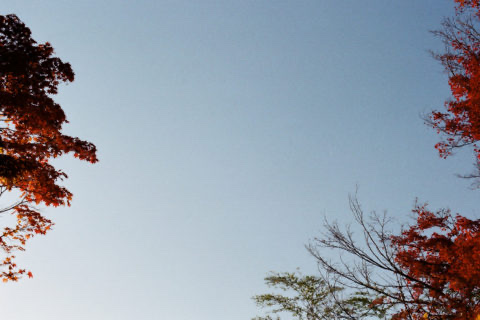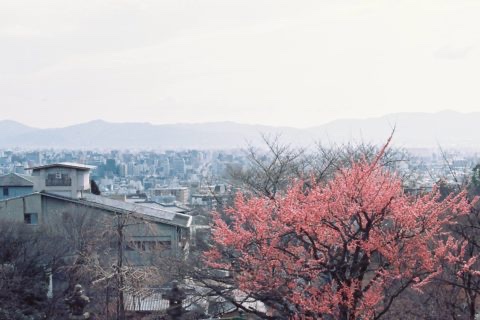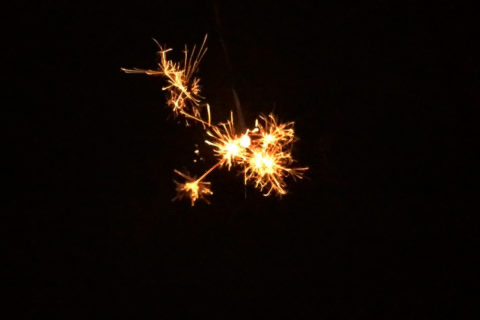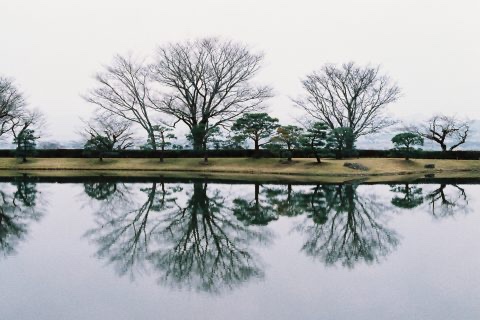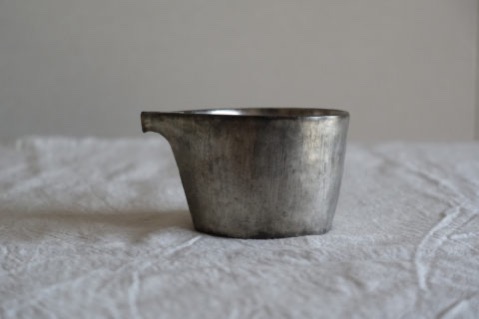
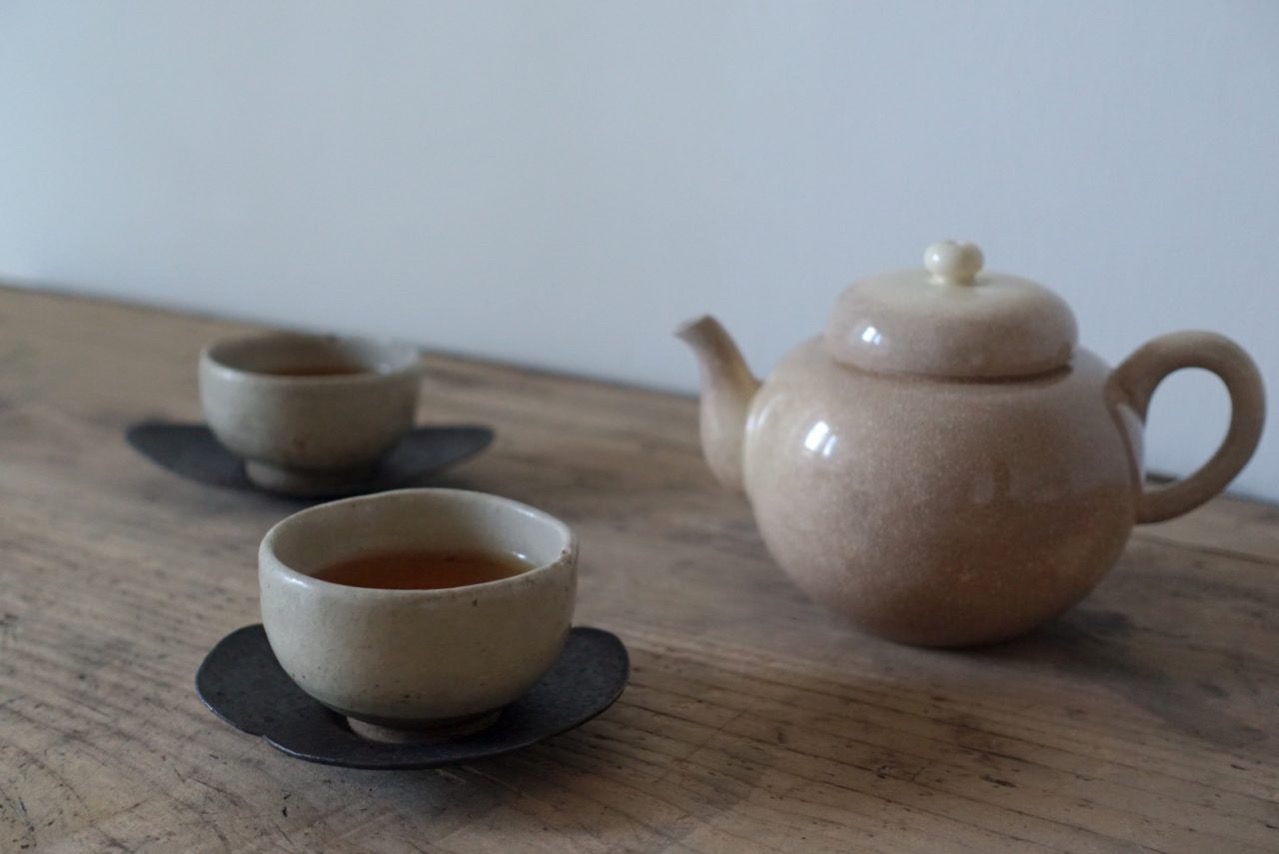
亞洲歐美都流行喝日本茶的時候,日本近年卻興起喝中國及台灣茶了。文化的流動,就像往大風吹一樣,一個跑去別處坐下,原來的椅子就換上別人了,實在有趣。
我在日本參與過幾次中國茶會,相對於日本茶會常於狹窄而幽暗的茶室進行,中國茶會來到日本後,不知怎地常於室外舉行。我參加的茶會,有兩次是在山林之間進行的,其中一次是於大阪的藝術活動「森之展示室」裡,另外的幾次,是一些藝廊主辦的,作為中國茶具展覽的特備活動,場地選在藝廊的庭園之中。雖稱不上濃蔭蔽天,然而樹影婆娑,又正值秋季,吹著涼風,聽著各種蟲兒合奏,茶香和鳥語花香,髮膚耳目舌頭,都在感受著自然。
有說日本茶會是為了聚首而喝茶,而中國茶會則是為了喝茶而聚首。一次中國茶會裡,總會喝上好幾種茶,每種茶喝過一泡又一泡,邊品嚐著每泡茶的細微變化,邊隨意地天南地北,沒有日本茶會中的拘謹,也沒有把主人使用的器物相傳欣賞的指定過程。
日本茶文化源自中國,經過千多年的歲月,演變出不同的習慣與哲學,唯有「一期一會」,珍視與人相聚的精神,始終互通。
While the Japanese tea is trending in the Western world, the Chinese and Taiwanese tea have gained growing popularity in Japan. The exchange of culture is like a musical chair — once the music starts playing, you just quickly swap seat with others — the dynamics itself is very exciting to see.
I have attended a few Chinese tea ceremonies in Japan. The Japanese tea ceremonies are usually held in chashitsu (tea rooms) that are small and dim, but the Chinese tea ceremonies in Japan are usually held outdoors. Among the Chinese tea ceremonies I have attended in Japan, two of them were held in the woods, including one time in Mori no Tenjishitsu (“the exhibition hall in the woods”). The other ceremonies were hosted by some galleries as part of the Chinese teaware exhibitions. Having a tea ceremony in the garden of a gallery during autumn time under the shade of trees, listening to the beautiful sound from the birds and insects singing, smelling the fragrance of flowers and tasting the tea, every of my senses was embraced by nature.
There is a saying that when comparing to the tea itself, gathering together is the core reason to host a Japanese tea ceremony; rather contradictorily, drinking tea is the primary motive of people gathering in a Chinese tea ceremony. Therefore, it is a common sight that many types of tea are served in one single Chinese tea ceremony. Each type of tea would also be tasted multiple times so as to feel the subtle difference in every brew. Guests are welcome to chat during the ceremony, they are as well not required to take turn to admire the utensils used by the host — it is, in general, less reserved and cautious when compared to the Japanese tea ceremony.
Although the Japanese tea ceremony originates from China, it has evolved to form its unique practice and philosophy. Regardless of how distinctive the two schools of tea ceremony are, the notion of ichi-go ichi-e (“once in a lifetime”) is still shared by the Japanese and the Chinese. Both schools hold high the spirit of connecting with people through the tea ceremony.
